Minerals and Many Morphs
Minerals form in a variety of shapes. In mineralogy, these shapes are called “habits” and the habit names used to describe the crystal’s shape. For a mineral’s crystals to form, the crystals need space to grow. Space, along with trace elements, heat, and pressure, are all factors that affect crystal habit. Minerals can grow in multiple habits – for example, the three barite specimens below show bladed, rose, and spherical snowball habits.
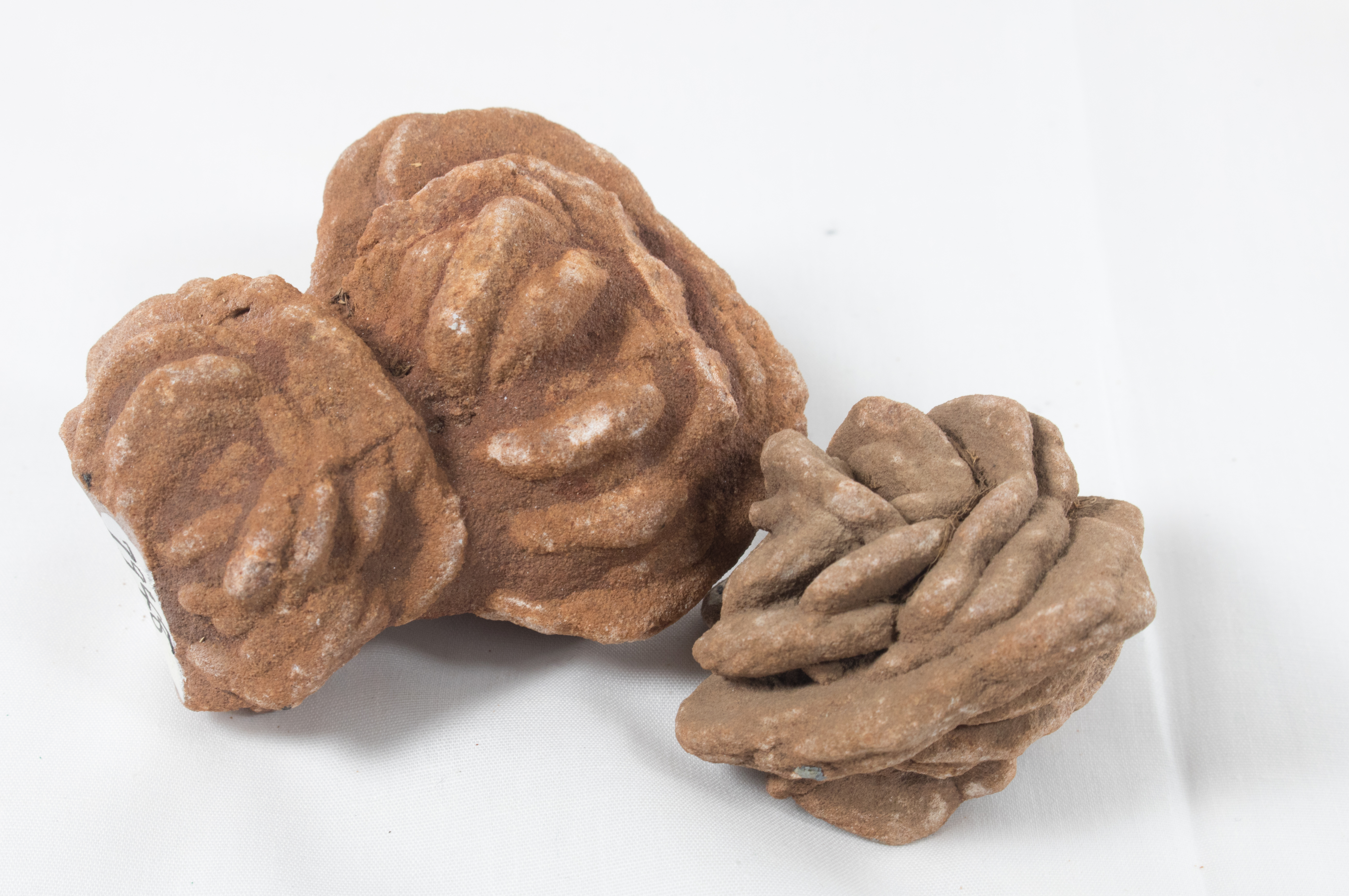
Some minerals replace other minerals and retain the original mineral’s habit, such as in the actinolite specimens below. After the replacement process actinolite preserved the original habit of the diopside. Minerals that replace other minerals and take the original habit are called pseudomorphs, which means “false form”.
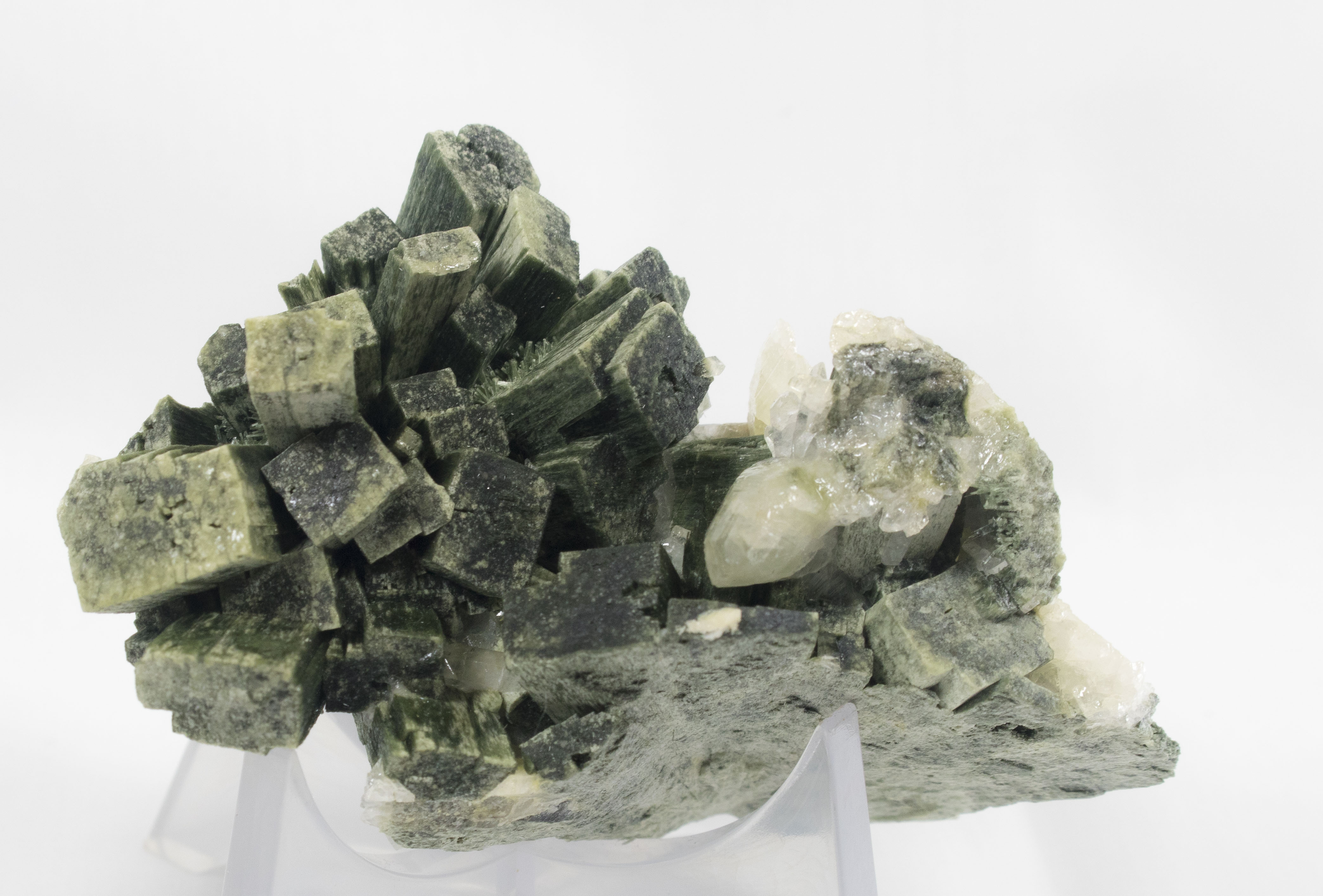
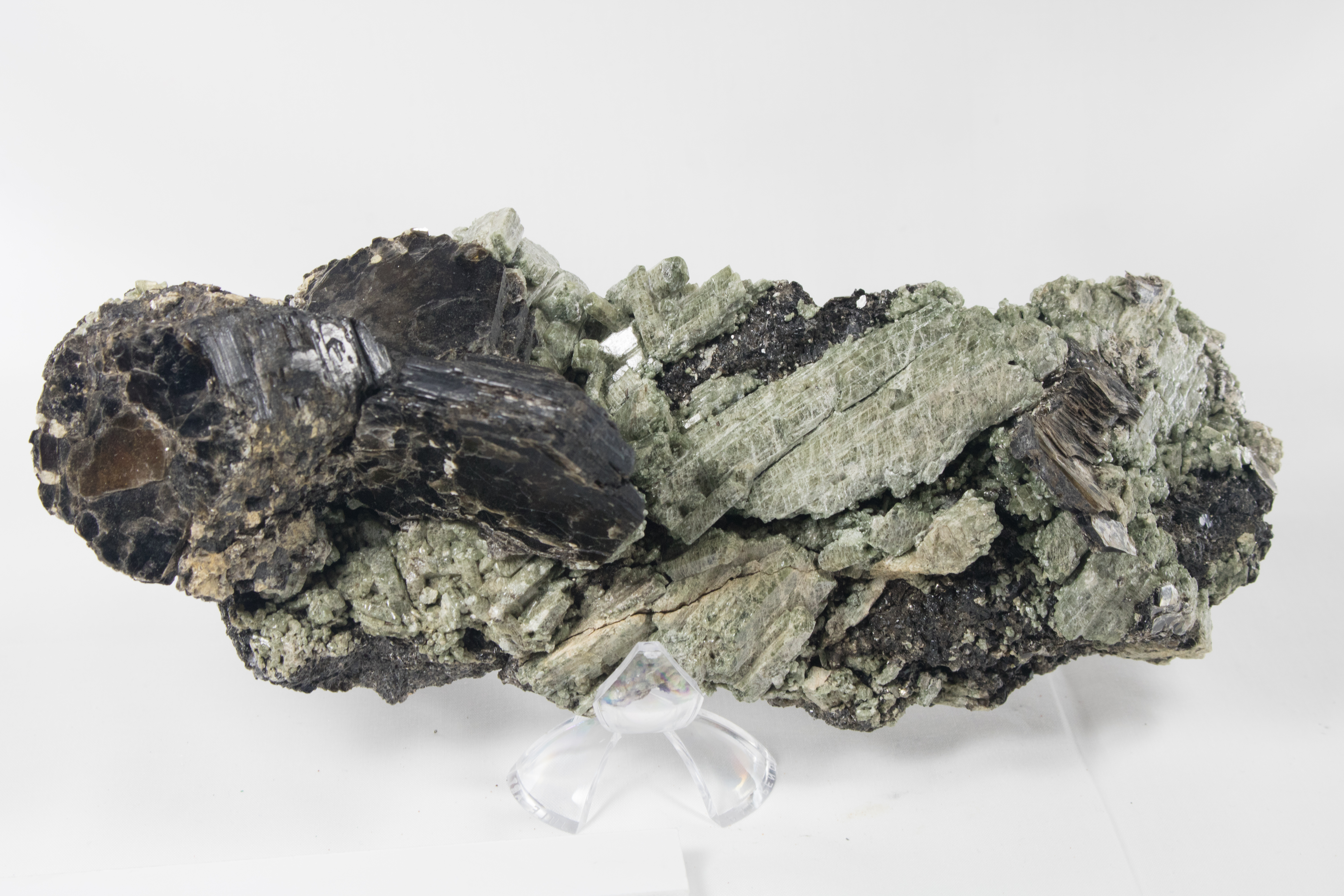
A polymorph is a mineral with the same chemical composition but a different internal structure. Aragonite and calcite are polymorphs – both contain calcium carbonate (CaCO3) but have different internal structures. Another common polymorph is a carbon (C) – graphite (used in pencils) and diamonds are both made of pure carbon. The difference in their internal structures results in a drastically different color, habits, and economic use.
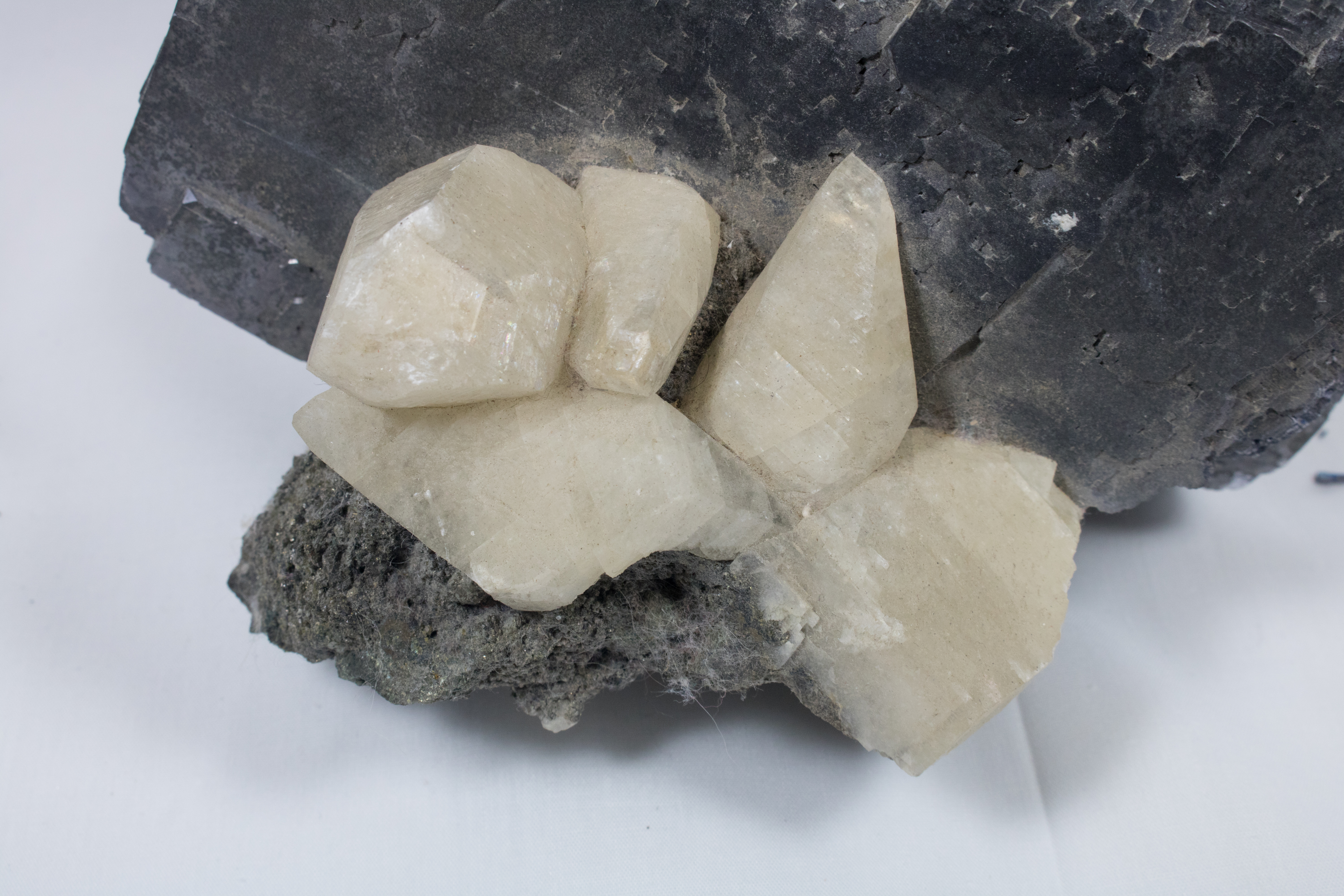
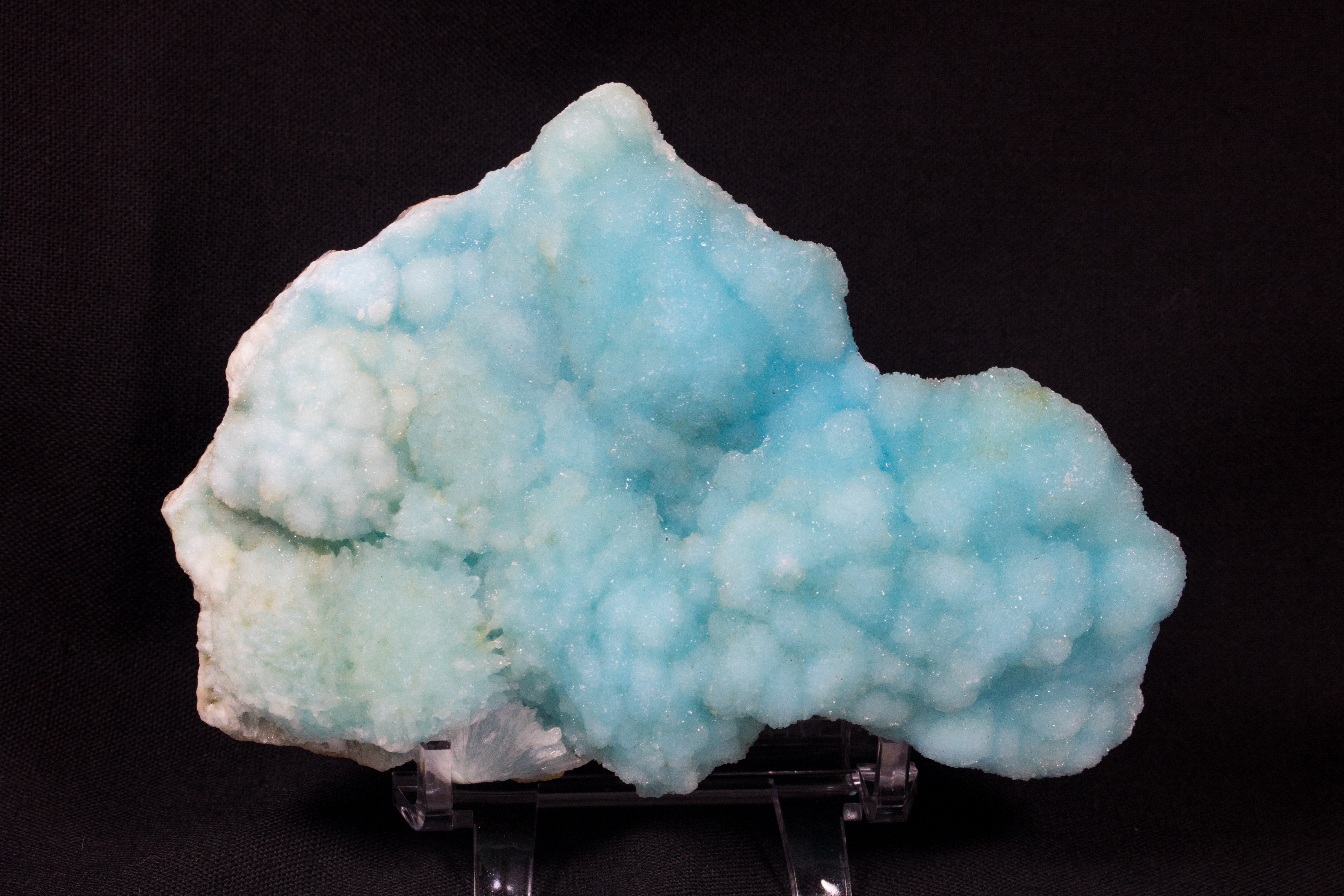
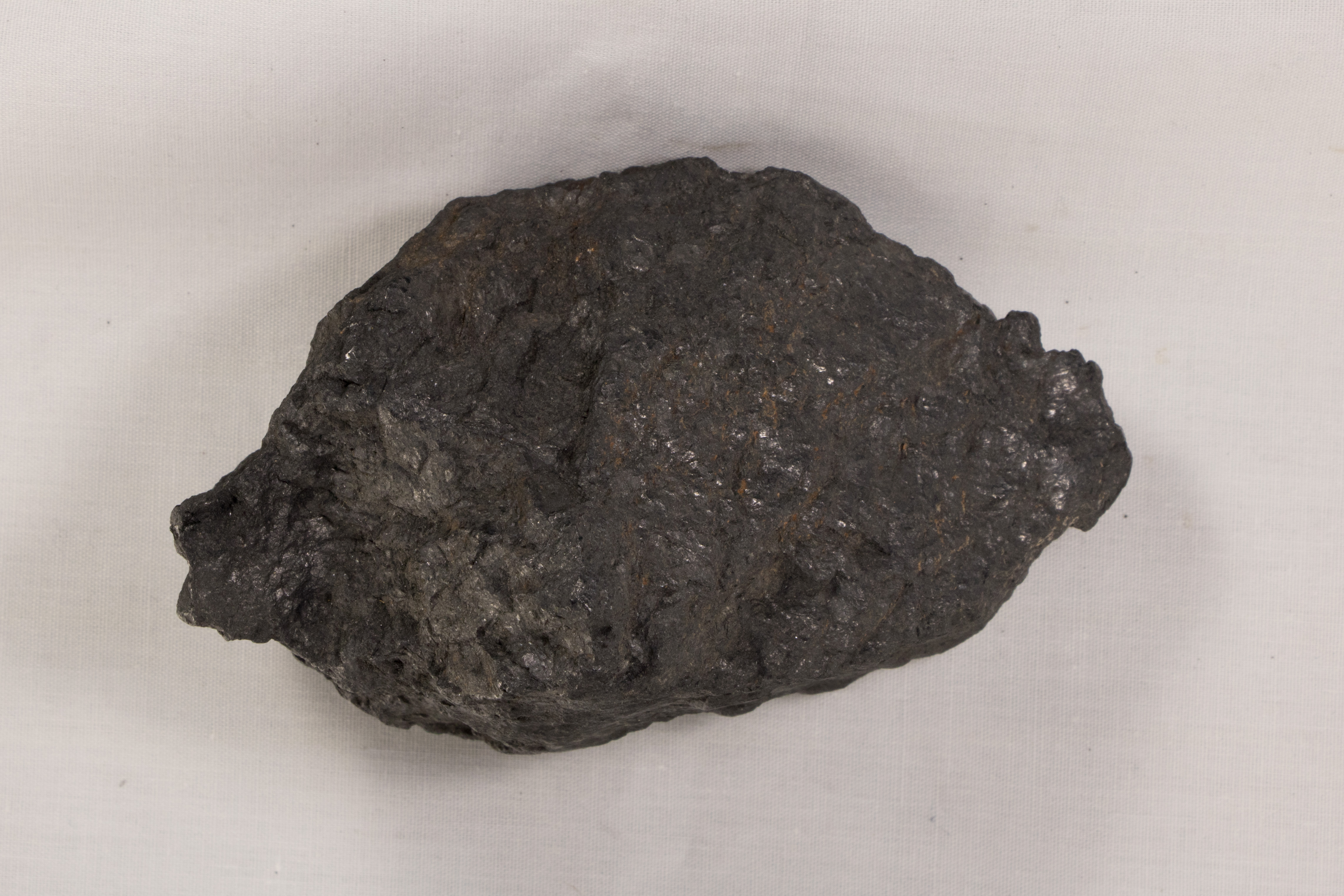
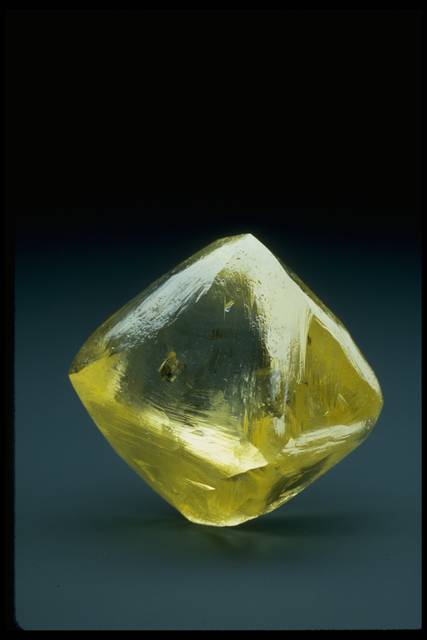
Diamond, the specimen is from
the National Mineral Collection at the
National Museum of Natural History,
Smithsonian Institute –
Diamond-NMNH_117538
https://geogallery.si.edu